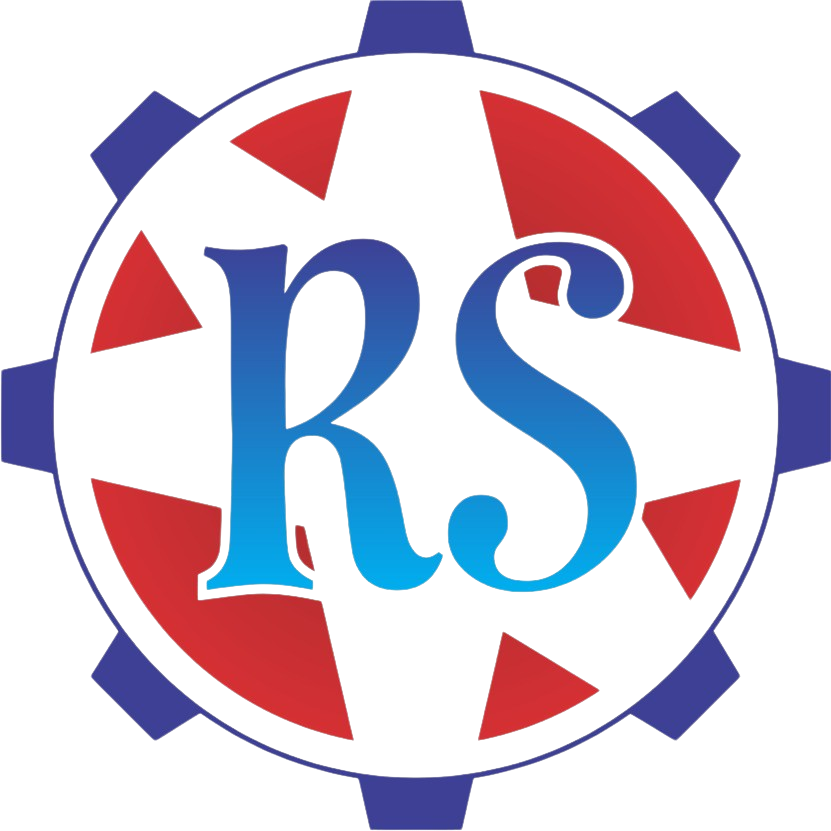What are CZ Purlins?
- Roll-formed Steel Members: CZ purlins are lightweight, cold-formed steel sections manufactured from galvanized steel coils. They get their name from their distinct shape, resembling the letters ‘C’ and ‘Z’ placed back-to-back.
- Secondary Structural Support: CZ purlins primarily function as secondary structural members in roof and wall systems of pre-engineered buildings (PEB) and light-gauge steel structures. They provide support for sheeting and transfer loads to the primary framing.
Advantages of CZ Purlins
- High Strength-to-Weight Ratio: Cold forming optimizes their shape for strength and rigidity, while steel offers excellent tensile strength. This allows for wide spans with lighter sections.
- Cost-Effectiveness: Mass production and efficient material use make CZ purlins affordable compared to traditional hot-rolled I-beams for similar applications.
- Versatility: They come in various sizes, thicknesses, and configurations (plain, lipped, slotted) to suit diverse design needs.
- Quick Installation: Lightweight and pre-punched holes facilitate fast bolt-together assembly, reducing labor time on site.
- Corrosion Resistance: Galvanization protects the steel from rust, ensuring durability and longevity.
Applications of CZ Purlins
- Roofing: CZ purlins are a core element in PEB roof systems, supporting roof sheets and bridging between primary rafters or trusses.
- Wall Cladding: They function as vertical girts, attaching wall sheeting to the primary structural columns.
- Industrial Buildings: Widely used in warehouses, factories, and workshops.
- Commercial Structures: Suitable for shopping centers, garages, and agricultural buildings.
Design Considerations for RS Engineers
- Load Calculations: Determine dead loads (self-weight, sheeting), live loads (snow, wind), and any additional loads (equipment, etc.). Use relevant building codes and standards.
- Spacing: Calculate optimal purlin spacing based on load requirements and sheeting specifications to prevent excessive deflection.
- Section Size and Thickness: Select CZ purlins with the correct dimensions and material gauge to match structural demands.
- Connections: Design connections (bolted, welded) to effectively transfer loads between purlins and primary framing. Consider using cleats or other connection elements.
- Bracing: Incorporate bracing systems (diagonal, sag rods) to provide lateral stability and prevent buckling.
Installation Practices
- Handling: Use appropriate lifting equipment and protect the purlins from damage during transport and installation.
- Alignment: Ensure correct alignment and leveling of purlins to maintain structural integrity.
- Fasteners: Utilize proper bolts, washers, and sealing materials for connections.
- Safety: Follow all safety regulations, including fall protection, when working with purlins at heights.
Additional Notes
- Standards: Refer to relevant standards, such as AISI (North America) or other regionally recognized specifications for CZ purlin design and manufacture.
- Software Modeling: Structural analysis software can greatly assist in optimizing purlin sizing, spacing, and design.
Let me know if you would like to delve deeper into any of the following:
- Specific design calculations using different load scenarios
- Best practices for CZ purlin connection detailing
- Resources for finding reputable CZ purlin suppliers
